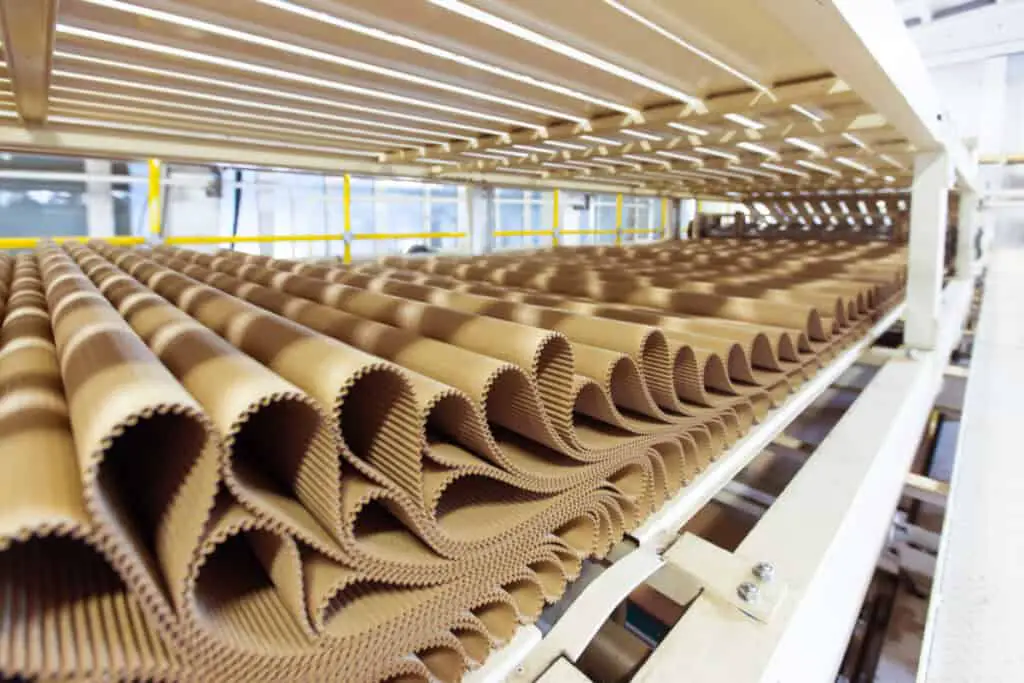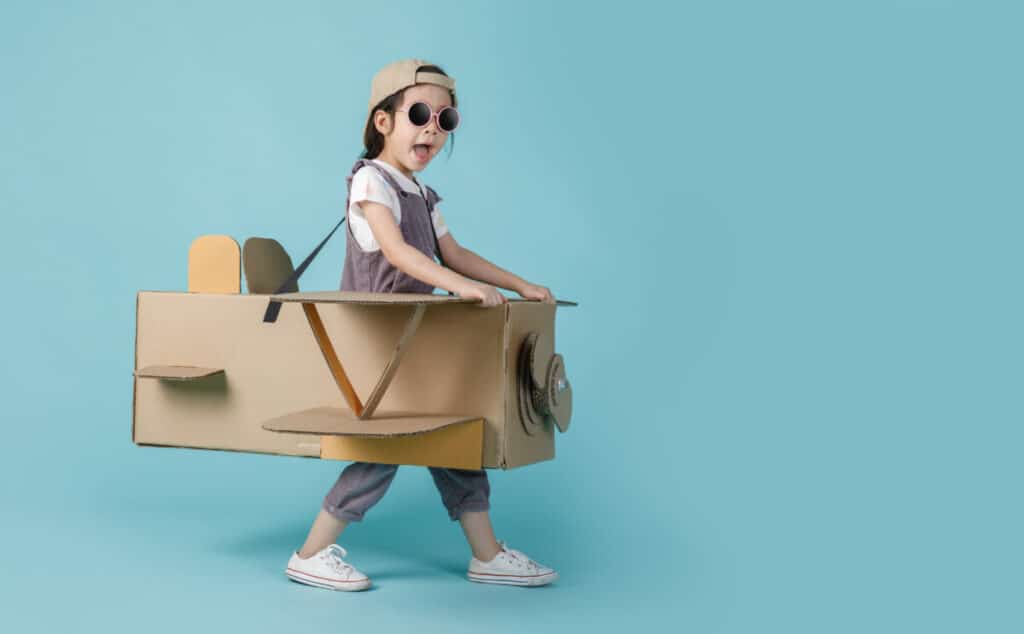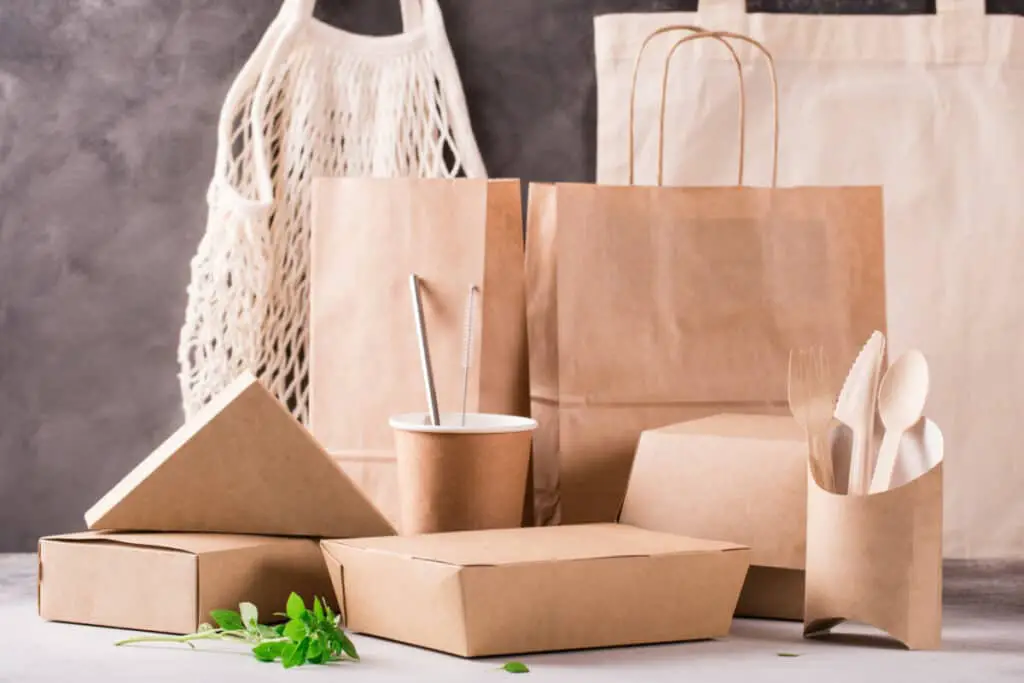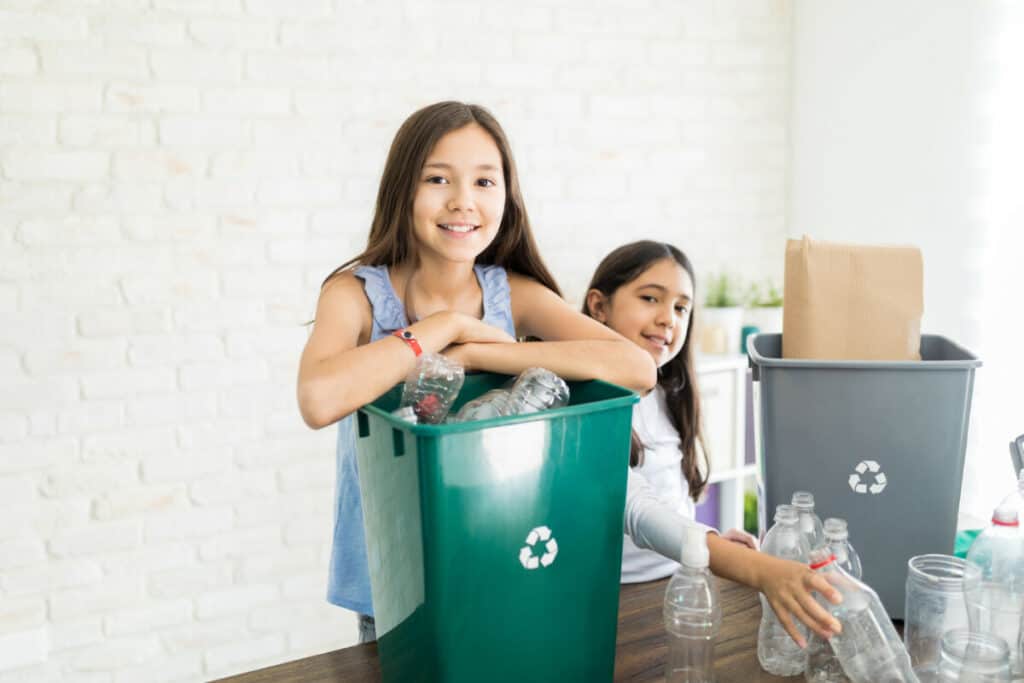
Recycling sounds like a great way to give back to Earth, but after a long move, it is sometimes exhausting to think about driving all that cardboard over to the recycling center. Does recycling cardboard really save on energy?
Recycling cardboard is worth it because it saves energy and cuts down on waste. Recycling cardboard uses 25% less energy than making cardboard from scratch. America also has a huge trash management problem, and recycling cardboard helps cut down on that waste.
There are many environmental factors that benefit from recycling cardboard. Read on to learn more about why recycling cardboard is worth it, and how you can help save our planet!
Personal Benefits of Recycling Cardboard

There are many benefits for the environment to recycling cardboard, and you benefit by living on a healthier planet, but what about things that make it worthwhile for you, personally? You can benefit directly from recycling and reusing cardboard!
If you own a business and you are trying to deal with your cardboard, one of the better options is to recycle your cardboard. This will actually save your business money in regard to waste care. It also is good public relations for your company to be known as environmentally caring. Alternatively, you can make the boxes available to community members who need to move, allowing the boxes to be reused.
On an individual level, you can often sell your cardboard online. Try posting it on a local page to see if anybody wants to buy your boxes. Most of the time people are willing to come pick boxes up for free to use for moving.
You can also recycle your cardboard by reusing it for yourself. Many college students use cardboard boxes as storage units in their apartments, painting over them or covering them with paper to make the upcycled storage look nicer on shelves.
If you have pets, you can use your cardboard boxes as a toy or a second bed for them. Cats love boxes!
If you have children, you already know that they like boxes better than most toys. Letting them build cardboard castles is a great way to use those boxes, and you can always recycle or compost when the kids are done with them!
Whatever you end up doing with your boxes, you can know that you made the world a better place by keeping them out of the trash.
How Much Cardboard is Used Each Year? Does Recycling Help?

In the United States, more than 80 billion corrugated cardboard boxes are used each year. The average American household throws out more than 9000 cardboard boxes and bits every year, and they might not even realize it.
If that number sounds ridiculous, think about your house. How many boxes of pasta, Amazon orders, pizza deliveries, and electronics packages have you used this year? Those are all cardboard. All those items were shipped to the store in cardboard, and their components might have been shipped in cardboard, too.
For most of us, a life without cardboard is unrealistic and the alternatives are worse for the environment. Recycling is a great solution for keeping cardboard use sustainable. We already recycle about 70% of the cardboard produced, and a lot of that cardboard is made from recycled woodchips in the first place!
How to Recycle Cardboard
To recycle cardboard you first need to break down the box. Do a quick check to make sure all the packing materials are out of the box, then take a box cutter or other sharp object and carefully slit the tape holding the cardboard in the box shape. Once this is done, the box should naturally fall flat. You don’t need to remove the tape!
Next, do a quick scan of your cardboard and look for wet or greasy spots. If there are any damaged spots, cut them out. Paper mills do not take water-damaged cardboard, because once the fibers have dried out they become thicker. This is harmful to the process of recycling cardboard. Paper mills do not accept cardboard with grease or chemical spills on it because they can also hurt the recycling process.
Your final step is either putting it in the recycling bin or taking it to the paper mill where they will take your cardboard pieces and pack them into bales for storage.
Once it reaches the paper mill or recycling center, the cardboard is dissolved in a substance containing water and chemicals. This breaks the cardboard down into a slurry of fibers. This is also when the leftover tape that was on the cardboard is filtered out of the cardboard to be disposed of.
The fibers are then allowed to bond together, rolled out to make sure they are the right papery consistency, dried, and pressed into the corrugated shape that makes new cardboard boxes. Your recycled cardboard can come back to you in an all-new package someday!
Does It Cost Money to Recycle Cardboard?

If you’re lucky, you might have a free and accessible recycling program in your city! If this is the case, your recycling will be free.
Otherwise, you might have to buy your own recycling bin or find another way to get it. This can come at a small cost, but the benefits are still worthwhile. You could offer to team up with neighbors for recycling drop-off trips to save the cost of gas, and eventually, you can get a program in your city, too.
Recycling Cardboard, the Carbon Cycle, and The Environment.
Recycling is worth the effort for the benefits to the planet.
Energy is created with carbon. We all use carbon every day, and it is a natural part of Earth’s cycle, but too much can be harmful. Cutting down trees and creating new cardboard from scratch creates a lot of excess carbon.
If there is too much carbon in the air it will cause the world to heat up. Having the world gain too much heat can be damaging to major ecosystems, cause more illness, and hurt crops. It’s hard to clean that carbon out. That’s why it’s so important that we preserve lifeforms that can help us clean that carbon.
Recycling cardboard saves unnecessary usage of trees to make more cardboard. It also saves energy use on some machines that are used to create brand-new paper, which likewise saves energy and helps protect the carbon cycle.
Related Topics:
If you like the article above, here are some other similar articles you should check out!
Recycling Lightbulbs: 10 Helpful Tips
